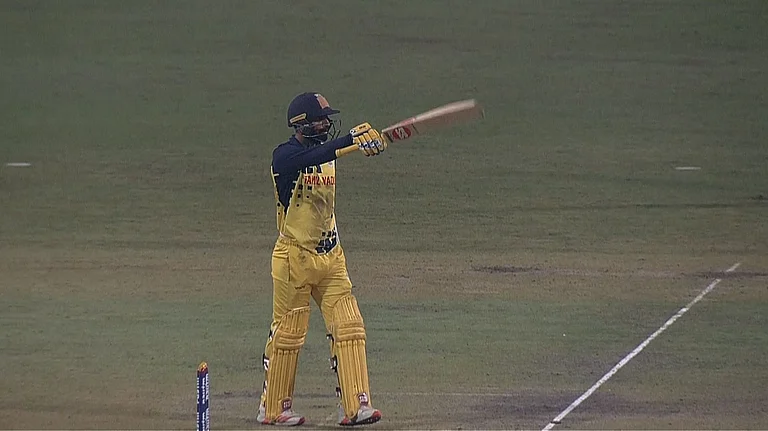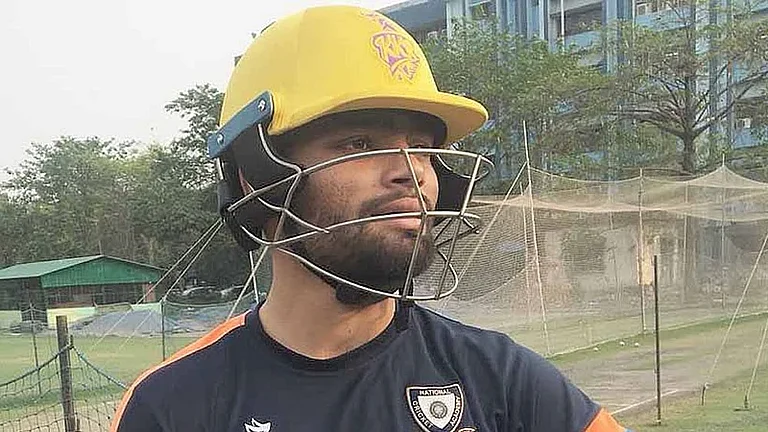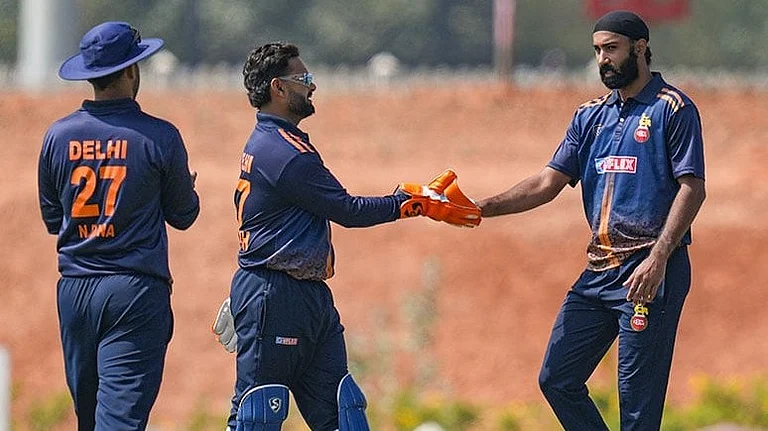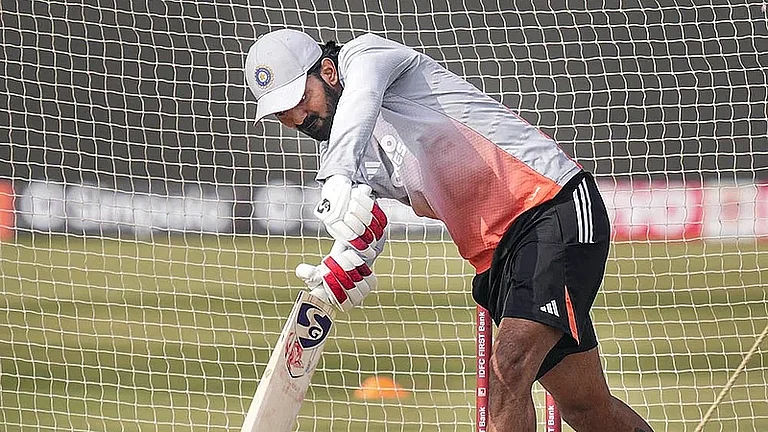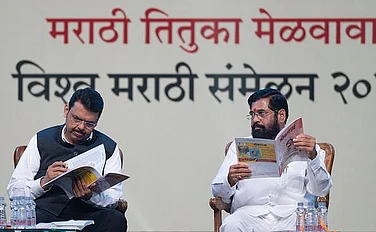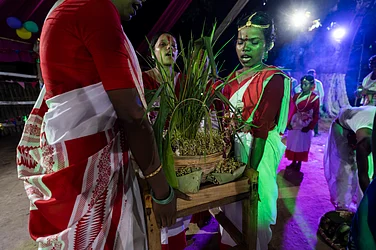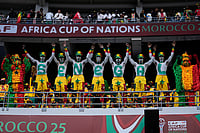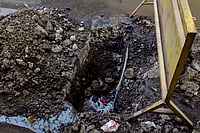As someone who was a key member of India’s reform team—first from the mid-1980s to 1990 and, later, from 1993 till 2001—Dr Shankar Acharya is ideally placed to answer that question: how were those early years of reforms? In an interview with Lola Nayar, Acharya, who is currently a board member and honorary professor at ICRIER, talks about the pulls and pressures, and the hits and misses. Excerpts:
It is now fairly established the reforms actually started in the 1980s.
That is true. Throughout the 1980s, people were getting conscious of the fact that the old system was just not working. It was delivering neither growth nor equity nor employment. So you had more and more government committees and academic writings by Prof Jagdish Bhagwati and others on how to move from controls to various types of price interventions or how to revamp foreign trade. We also had some people arguing for a much more realistic exchange rate than the one we had, which was propped up by the heavy controls of foreign trade. When Rajiv Gandhi became prime minister at the end of 1984, in the first two years before Bofors took away people’s energies, we did see a certain amount of loosening of industrial licenses. Unfortunately, they were not removed but there was a loosening. Similarly on the import control side, that whole machinery stayed but there was a loosening.
What was done was quite modest but it had an impact because the system was so tightly controlled. Another major kind of reform process happened on tax under finance minister V.P. Singh. There was both reduction and rationalisation of direct tax rates and what was perhaps more important in the long run was the initial establishment of Modvat or value-added principles in our indirect tax system. It was a beginning but an absolutely crucial beginning and it occurred in the budget of 1986. After that, unfortunately things slowed down because of Bofors and the rift between Rajiv Gandhi and V.P. Singh. In summary, these reforms were significant, but they were not sweeping and not comparable to what happened in 1991.
Who actually pushed for economic reforms in 1991?
I firmly believe the critical figure in 1991 was Manmohan Singh. It is true that he was appointed finance minister at a time when the opportunity was enormous. He was given a mandate, the country was in a balance-of-payment crisis. There was the problem of meeting foreign debt, as you would recall gold had to be shipped out... but there was really nothing inevitable about the kind of reforms that came about. Very soon, in a matter of months, industrial licensing was largely swept away, import control on intermediate and capital goods were swept away (though on consumer goods they remained, and were taken away only later). The exchange rate was revalued in two steps and over a period of two years moved to a market-determined exchange rate system. You also had opening up to foreign capital inflows—both portfolio and direct investments.
I think getting rid of industrial licensing was crucially important as basically it meant you could set up businesses without having to go to Udyog Bhavan. It was a sea change. Ninety per cent of it occurred in the first year. It took people a while to recognise what a change it was. If you talk to anybody who lived through that period and is still in the industry, they will tell you what a huge change it was. That part was done quickly, easily and well.
This is also the period when huge capital market reforms were introduced...
Everybody remembers the 1992 scam, but they forget that between 1991 and 1996 enormously important reforms were undertaken for the capital market. The National Stock Exchange did not exist in 1991. Today over 90 per cent of all transactions are conducted on it. The idea was born in the early 1990s and was brought to fruition in 1994. The SEBI, which people take for granted today, did not have statutory backing in 1991, it received it only in end-1992 or thereabouts. Tax reforms, one bout had taken place in mid-1980s and then it sort of petered out. You had another bout throughout the 1990s, particularly under the guidance of the Raja Chelliah tax reforms committee, which wrote a series of reports from 1991-93 that covered customs duty, direct taxes, excise duty, the whole thing. That project went on throughout the 1990s.
What was the role of then prime minister P.V. Narasimha Rao? In 2000, P. Chidambaram, in an article on the Air India privatisation proposal, wrote that it was not supported by Rao, that there were only two-and-a-half reformers.
I would not like to get into Chidambaram’s mind when he suggested that...it is true that sector-wise certain reforms were probably much more difficult. They went in fits and starts. If you say this remark was made with respect to Air India privatisation, then I can well believe there were very strong vested interests that were keen to keep ministerial control. I don’t recall exactly what was happening at that point of time but it is certainly not true to say there were just two-and-a-half reformers if you take the cabinet and top civil service. There was much more commitment to the general idea of reforms. It is true that certain elements of reform tended to get blocked while others went through. For example, one of the areas that I think is crucial but has not happened is labour law reforms. Even as early as 1990s, there were draft cabinet notes prepared to bring about the necessary reforms. But the politicos felt it was not the right time. So generally it would be unfair to say there were only two-and-a-half reformers.
So who were the key players pushing for reforms?
At the political level, clearly Narasimha Rao was a crucial player who backed the reforms because, after all, Dr Manmohan Singh did not have any other political backing at that time. It was his first political appointment and he did not have any political base. None whatsoever. Manmohan Singh’s political base was one man—Rao as prime minister. Even if Rao later wrote that perhaps some things should not have been done—he did not exactly recant but kind of had doubts—but at that point (early 1990s) he had no doubts. We had a full-fledged crisis and everybody was worried, so he gave a moderately free hand to Dr Manmohan Singh in finance, and to Chidambaram in commerce and industry. Among the prominent civil servants of that time, two or three who were absolutely crucial were the prime minister’s principal secretary Amar Nath Verma, who played a coordinating role, and in the finance ministry Montek Ahluwalia. I recall Ahluwalia was commerce secretary at the beginning of the reforms and was brought to DEA by Dr Singh in November 1991. As things evolved, more and more people got closely involved, including bureaucrats like N.K. Singh, myself, and various others who had important roles to play.







